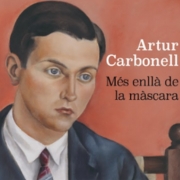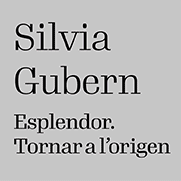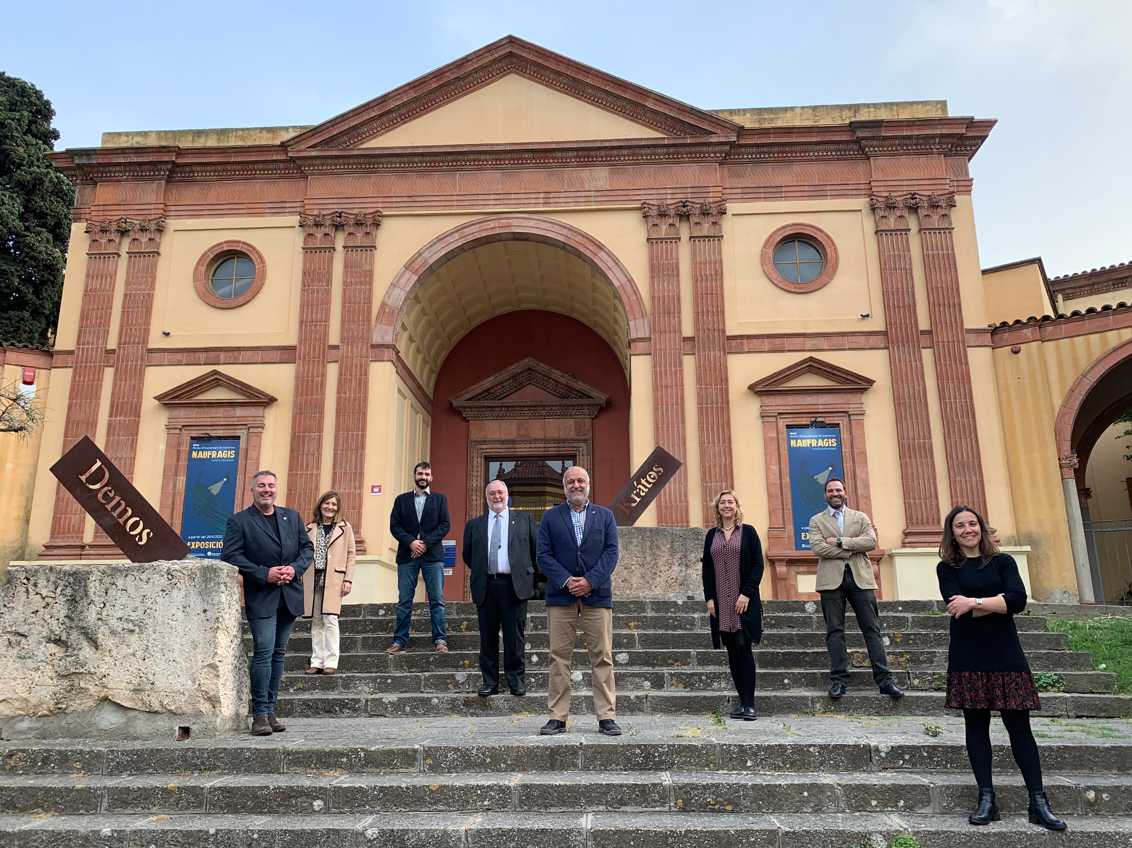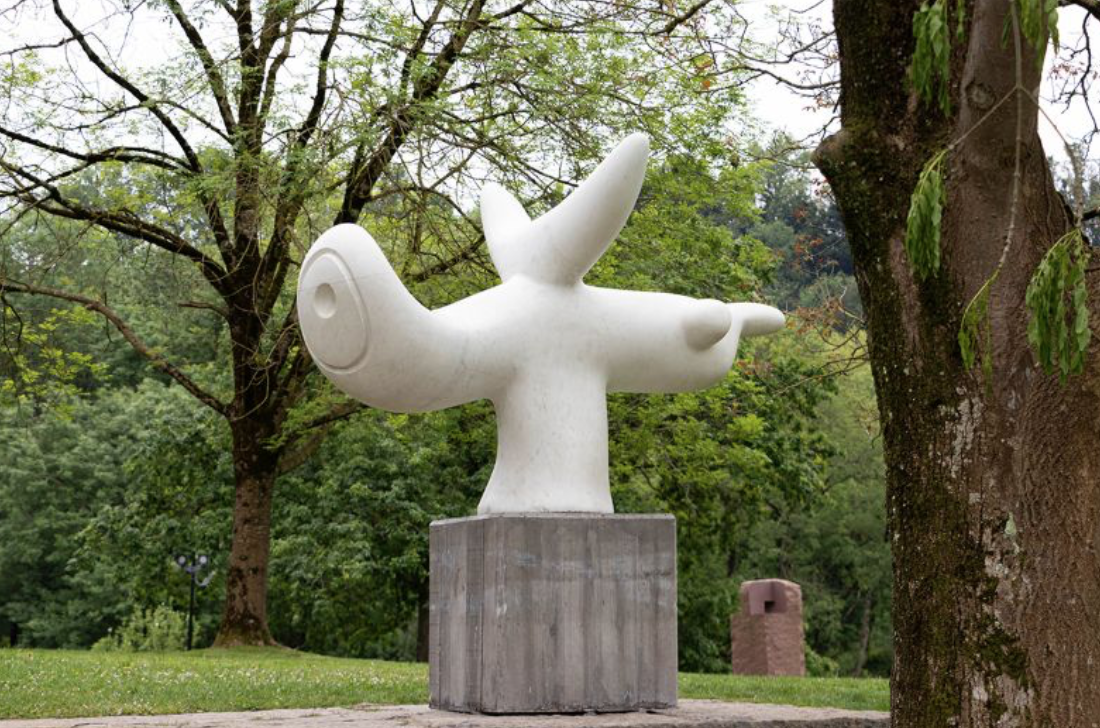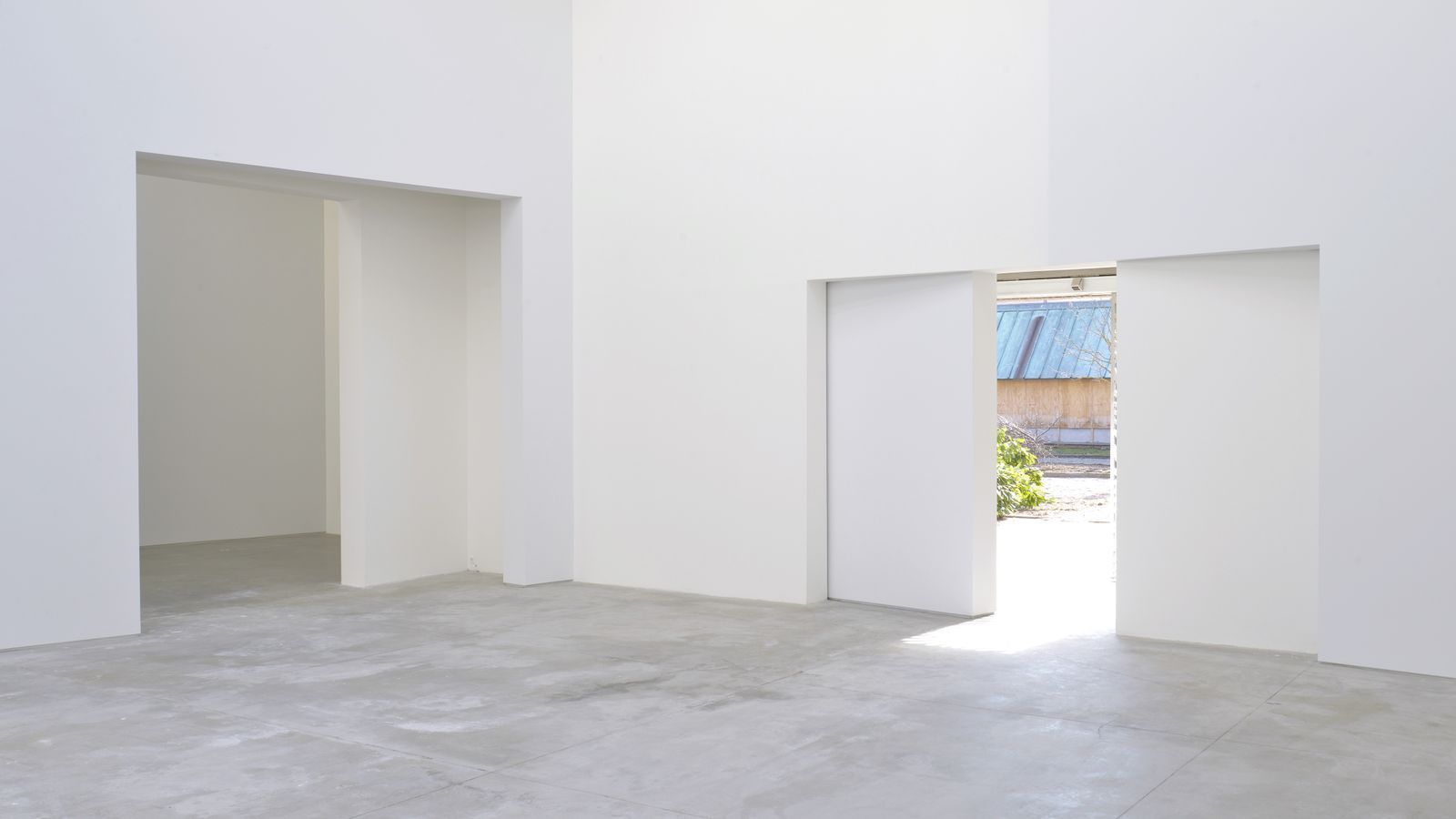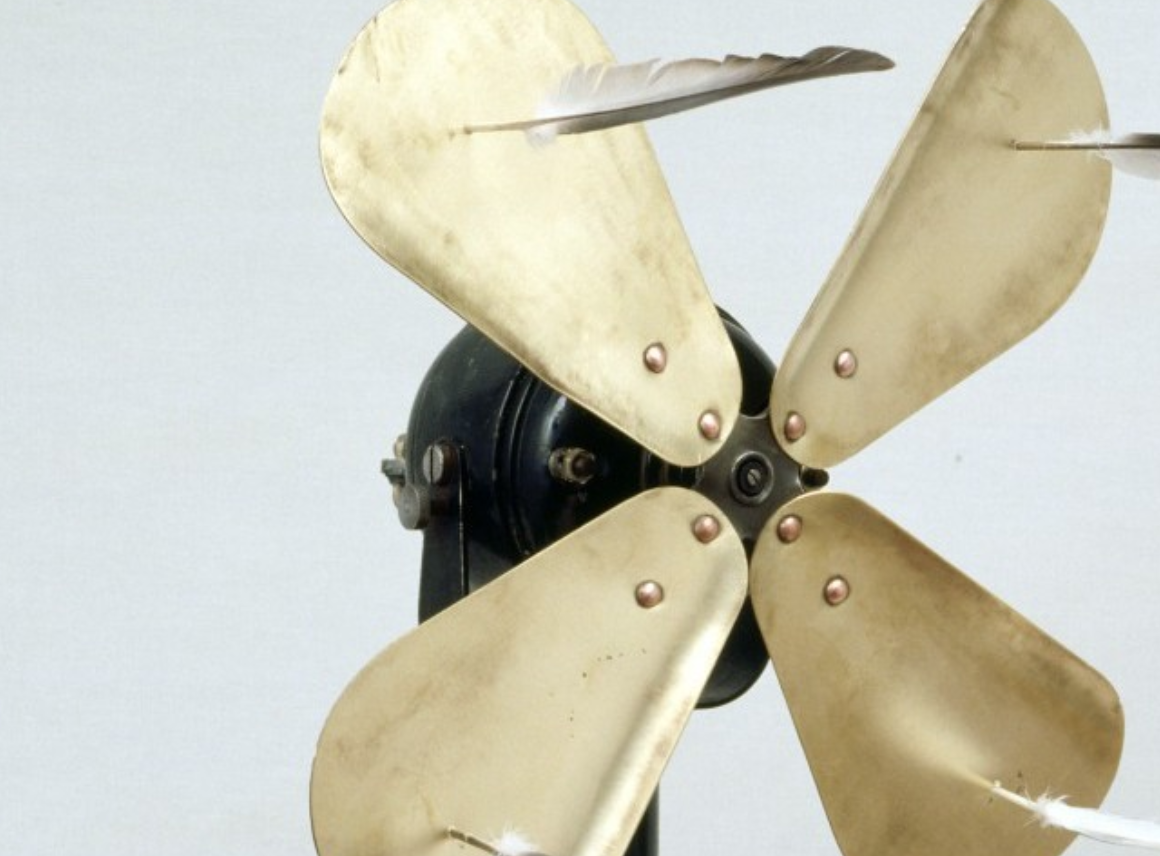Exhibitions
The Girona Art Museum dedicates an exhibition to the ephemeral group "Postectura"
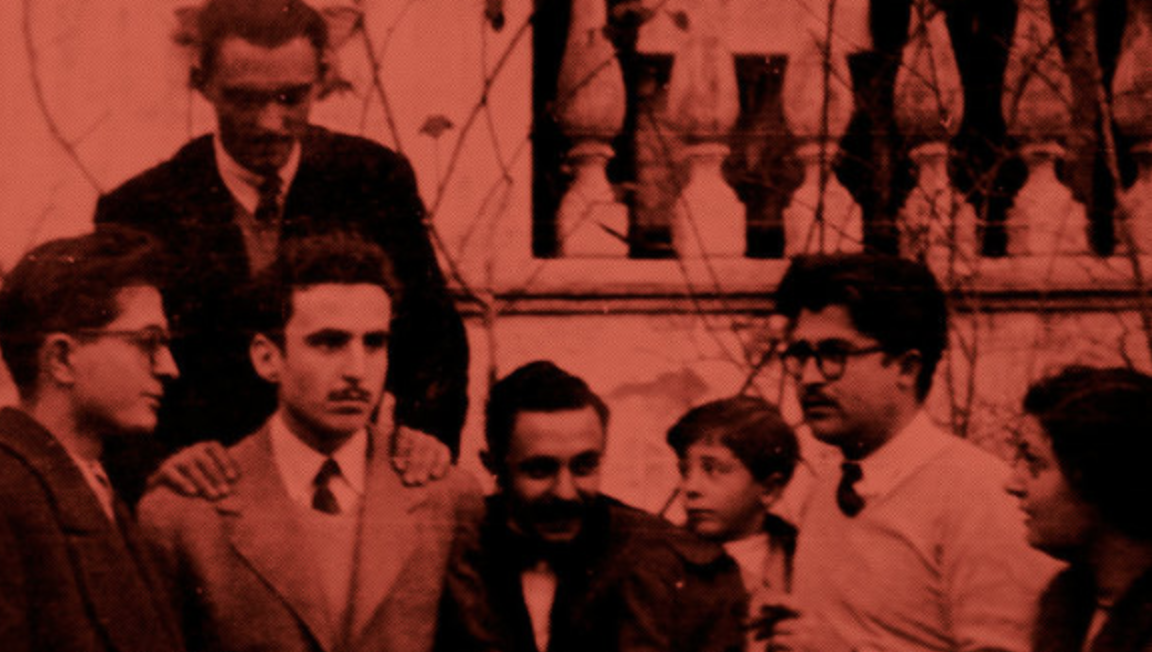
On March 11, 1950, the Galeries Laietanes in Barcelona inaugurated the first and last exhibition of Postectura. They had met at the Llotja School in Barcelona and were united by a common spirit of modernity and an uncontrollable desire to shake up the Catalan art scene.
The Girona Art Museum opens the Postectura exhibition on May 21, at 12 noon. The construction of tomorrow, the first exhibition dedicated to the group created in 1950 by Esther Boix, Ricard Creus, Joaquim Datsira, Josep Martí Sabé, Josep M. Subirachs and Francesc Torres Monsó.
Curated by Bernat Puigdollers, this exhibition highlights the work of the group and its members. The founding of the Postectura group in 1950 is one of the relevant initiatives of this period. All its members strived to renew the country's visual arts and developed, each in his field and in his territory, relevant artistic careers. That is why we have called the exhibition "Post-texture: the construction of tomorrow". Postectura, like other post-war groups, did not work for individual interests but for collective aspirations. They were working to create a new, more free and modern artistic environment, they were working for tomorrow.
The Franco years were, in many ways, dark and difficult years. Also in the field of arts. The country's main artistic institutions were directly controlled by the Franco regime and, as a result, very specific plastic options were defended, in accordance with the political interests of the dictator, who advocated a return to the national historical past. Thus, the main museums in the country mainly defended the work of authors linked to classicism or academicism, as did most galleries and, of course, the main schools. The Llotja School in Barcelona, where most members of the Postectura group met, was no exception. It is not surprising, therefore, that the new generation of fully trained artists during the post-war years wanted to break with the new established order and find new avenues of expression, a language that was their own.
Thus, throughout the 1940s and well into the 1950s, numerous groups of young painters with a desire for change appeared. Some group initiatives are generic and global in nature. The Cercle Maillol, sponsored by the French Institute, or Els Salons d'Octubre, made possible by the patronage of the Imbert couple, are good examples. Both companies aimed to give young artists what the state did not give them: a wide range of views and knowledge of avant-garde art - thanks to grants from the French Institute - and a platform - the salons - where make yourself known. But beyond these initiatives, there are small groups that, each in their own way and with a greater or lesser degree of incidence, are paving the way and shedding new light on some culturally very dark years. The best known is possibly the group Dau al Set but the list is long: Betepocs, Els Blaus, Els Vuit, Flamma, the group Taüll… So small actions - although sometimes ephemeral and may seem naive - became milestones relevant and inescapable to understand the process of openness that the arts of our country experienced during the decades after the civil war.
The Postectura group then defended a painting focused on what is beyond (Post) the skin, the touch (tectura). But like other post-war groups, they did not work for individual interests but for collective aspirations. They were working to create a new, more free and modern artistic environment, they were working for tomorrow. All its members strove to renew the country's visual arts and ended up developing, each in his field and in his territory, relevant artistic careers.
Joaquim Datsira i Prunés (Barcelona, 1925 - 1972), was one of the first to adopt avant-garde aesthetic options. It had an intense trajectory - with a painting that evolved from a post-impressionist Mediterraneanism to a surrealism and finally a geometric abstraction -, truncated by a premature death.
Josep M. Subirachs i Sitjar (Barcelona, 1926 - 2014), would end up being the most international figure of the group, with an early work of an expressionist nature, a stage of abstract experimentation and finally a return to figuration; Throughout his long career he has carried out numerous public works and in recent years he has dedicated himself to the creation of the sculptural ensemble of the Sagrada Família in Barcelona.
Francesc Torres Monsó (Girona, 1922 - 2015), an atypical artist of his generation, began with a sculpture inherited from Noucentisme that led to an expressionism taken to the extreme; during the seventies, his work took a dramatic turn towards a work heavily influenced by pop art and laden with political and social criticism, and eventually his production drifted into an unusual and relevant conceptual territory.
Josep Martí Sabé (Santa Coloma de Farners, 1915 - Riudarenes, 2006) was the most faithful to his origins, with a sculptural, geometrizing and essential work, always figurative; he played a prominent role in the process of renewing sacred art and contributed to the renewal of post-war Catalan sculpture.
Esther Boix i Pons (Llers, 1927 - English, 2014), the only woman in the group, knew how to make her way in a difficult environment for women; his early work, laden with drama, drifted into a work of great intensity strongly influenced by pop art and which, over the years, became progressively more lyrical.
Ricard Creus i Marzo (Barcelona, 1928 - English, 2021) left painting shortly afterwards to devote himself to literary creation, a field in which he obtained numerous awards.


